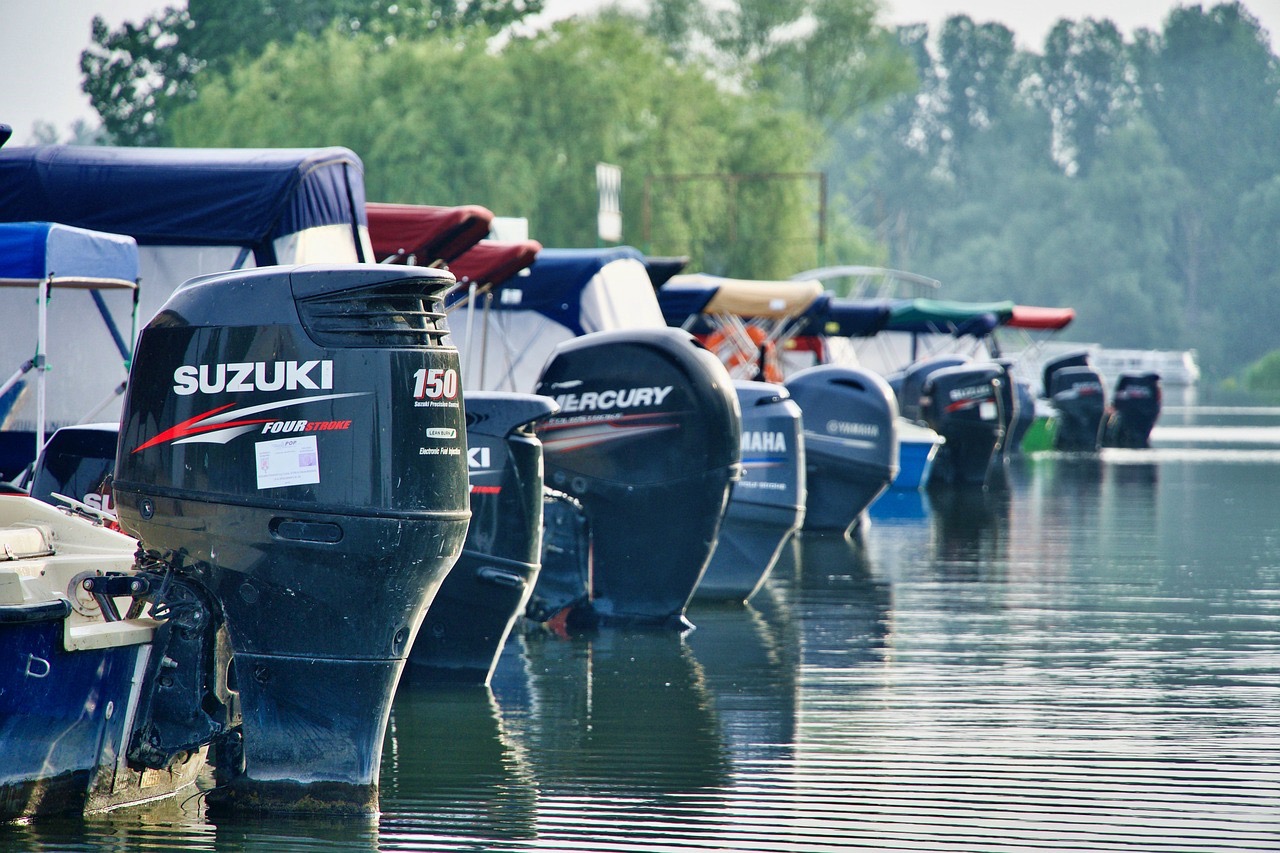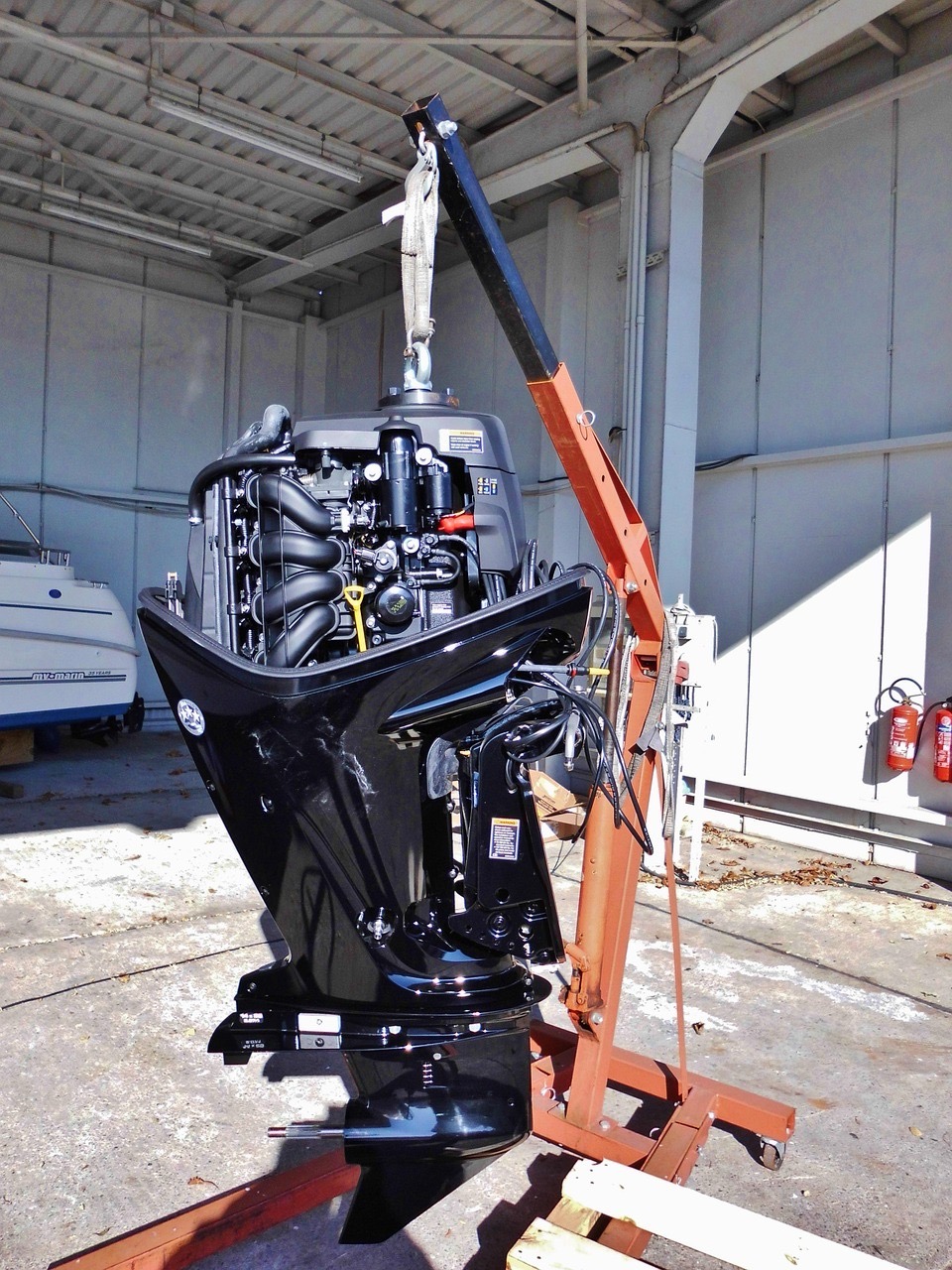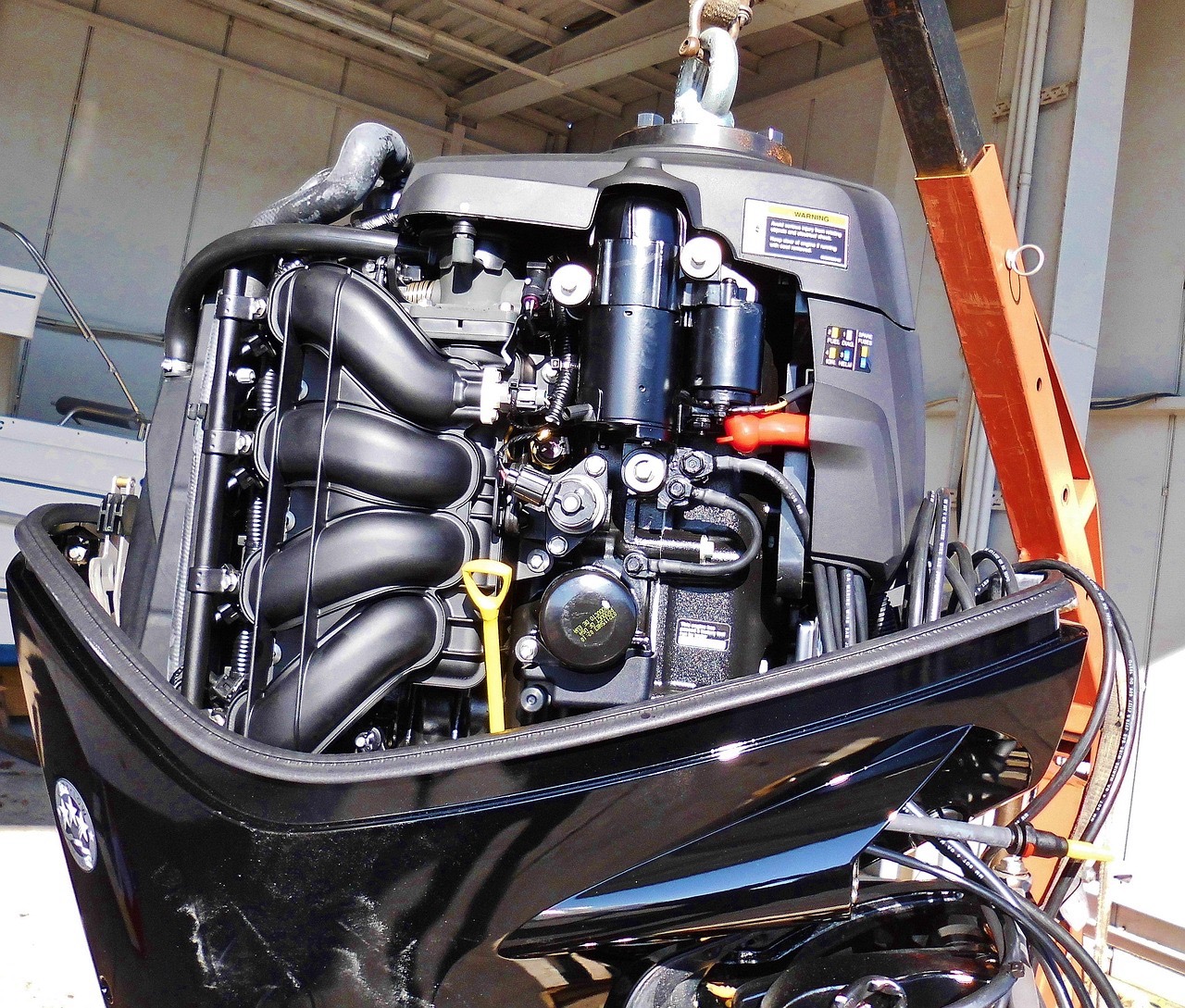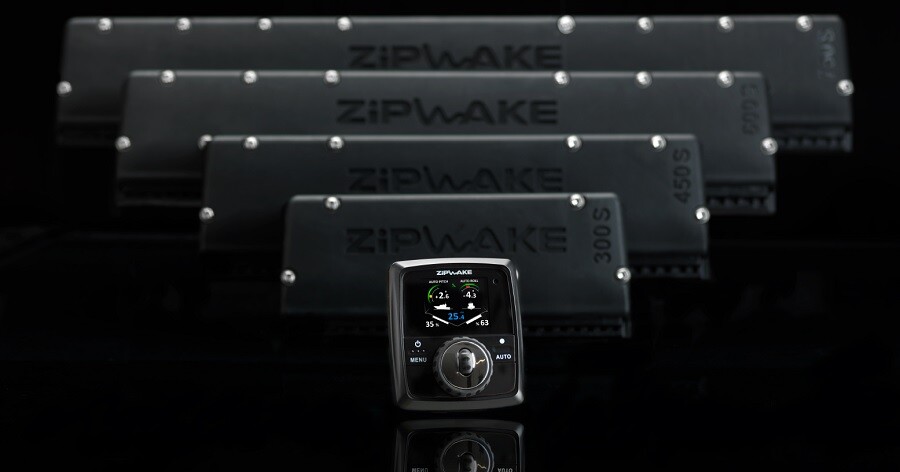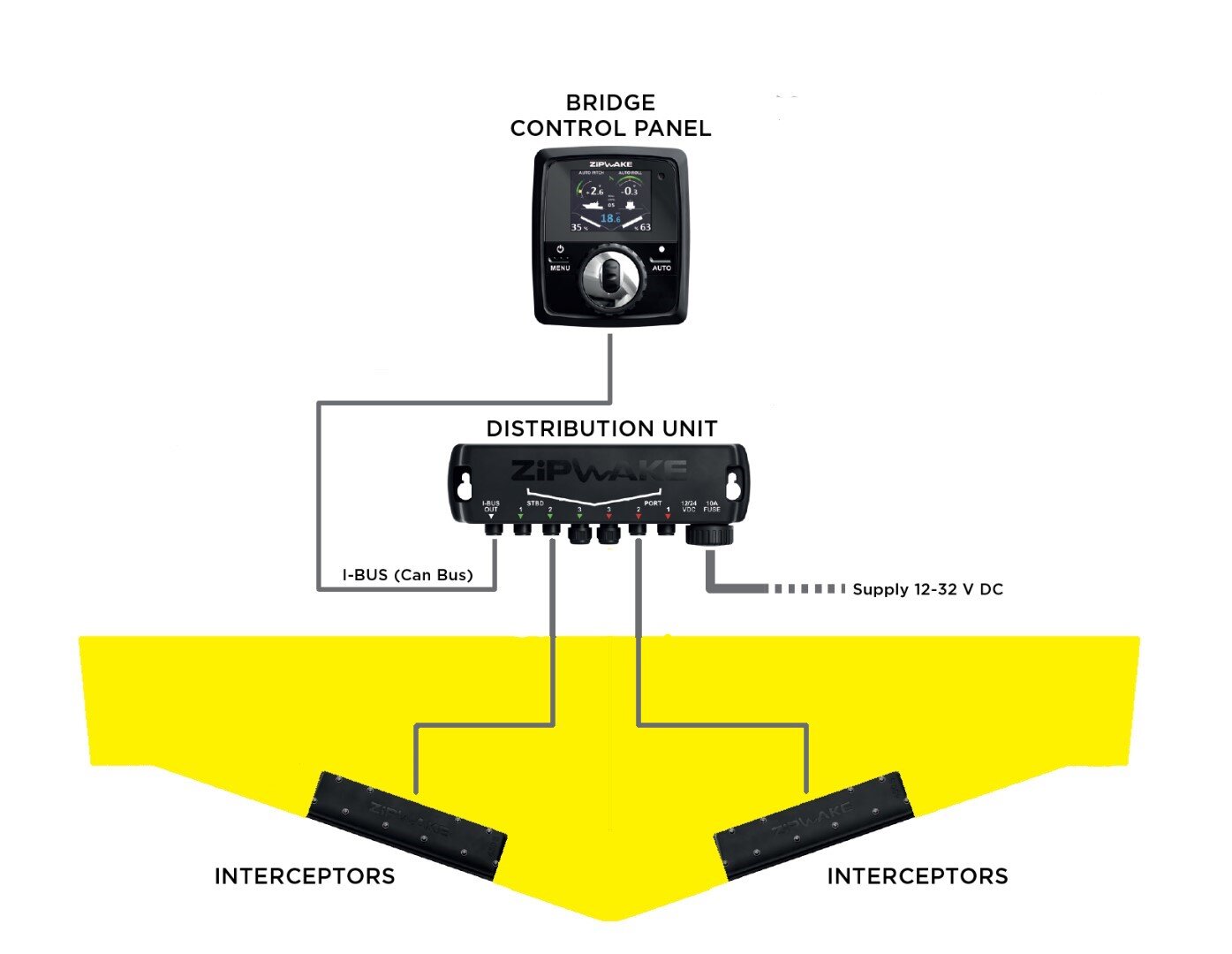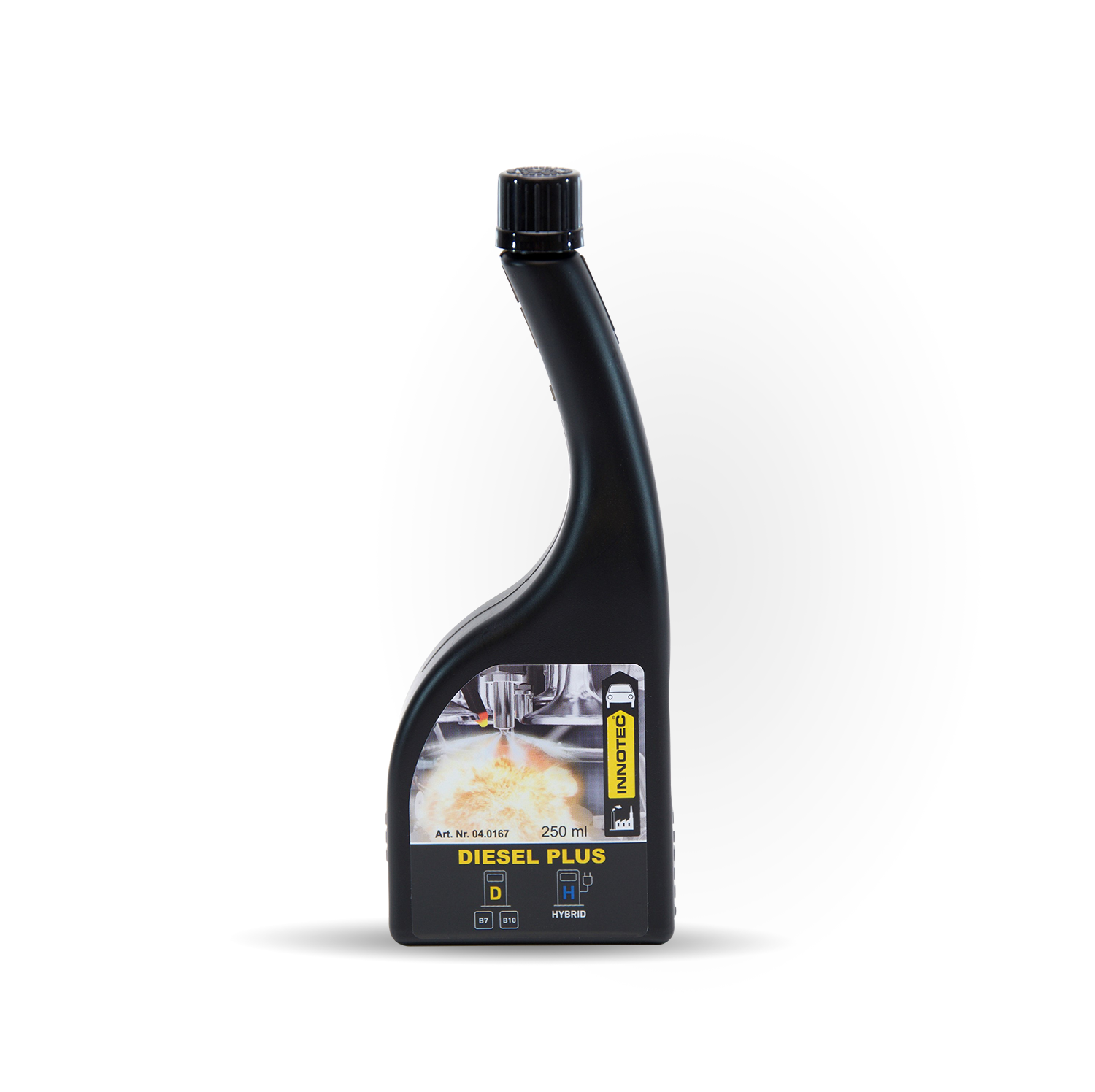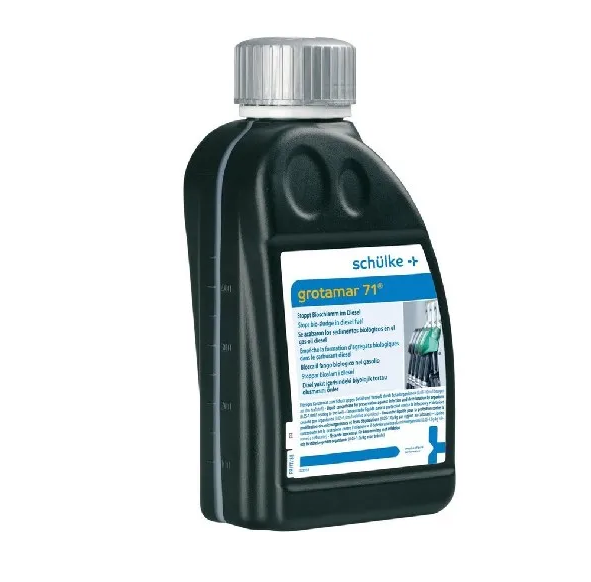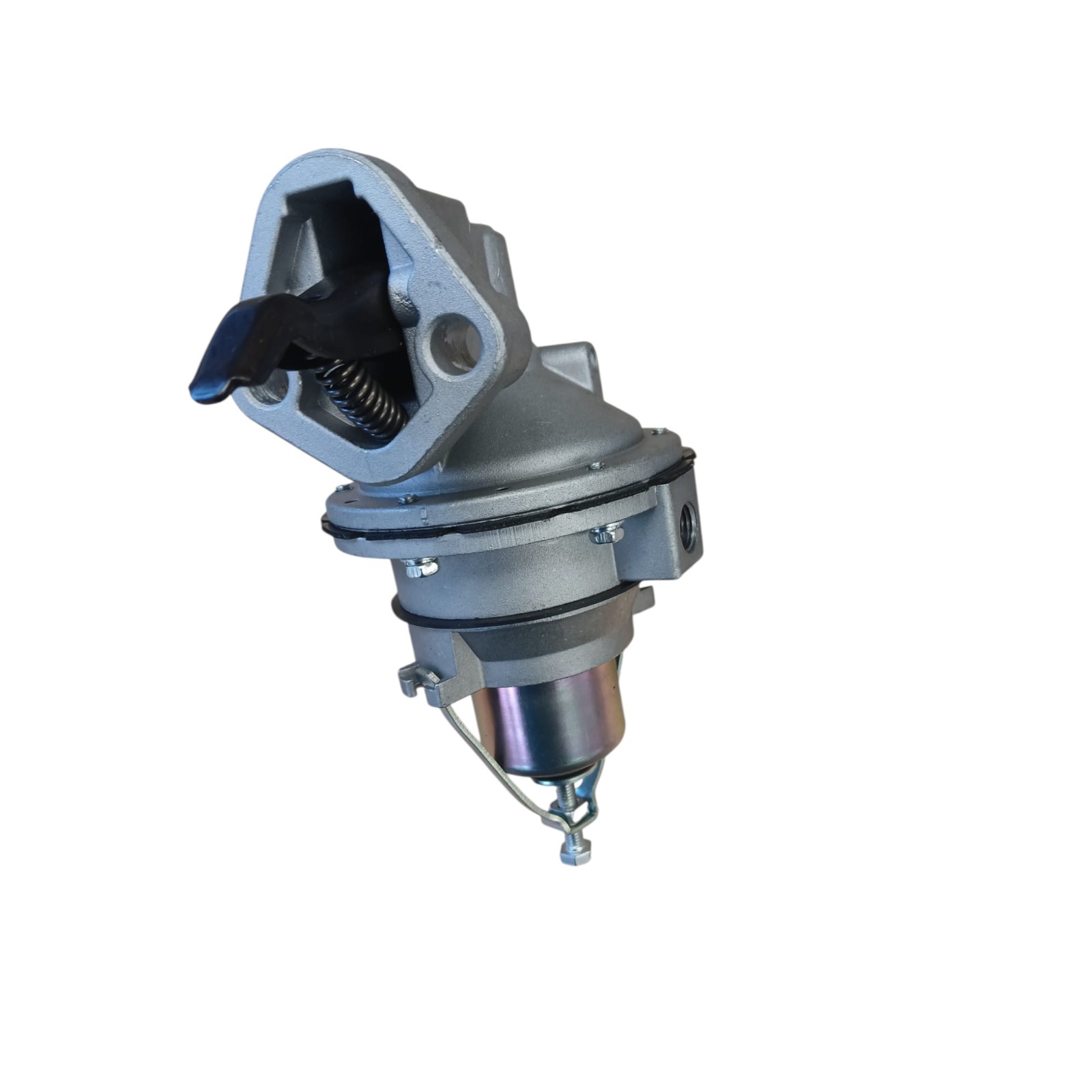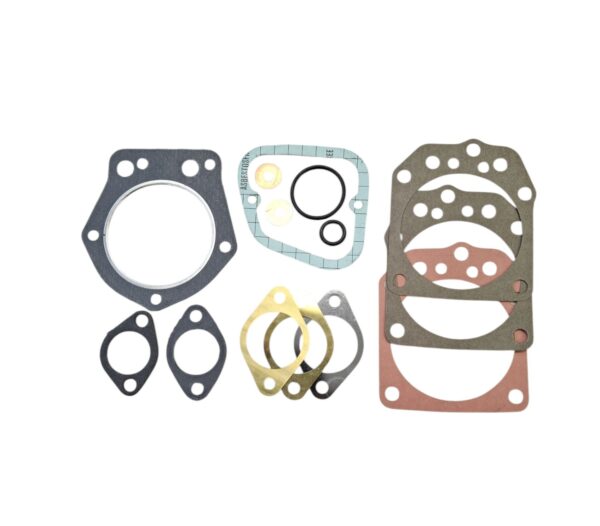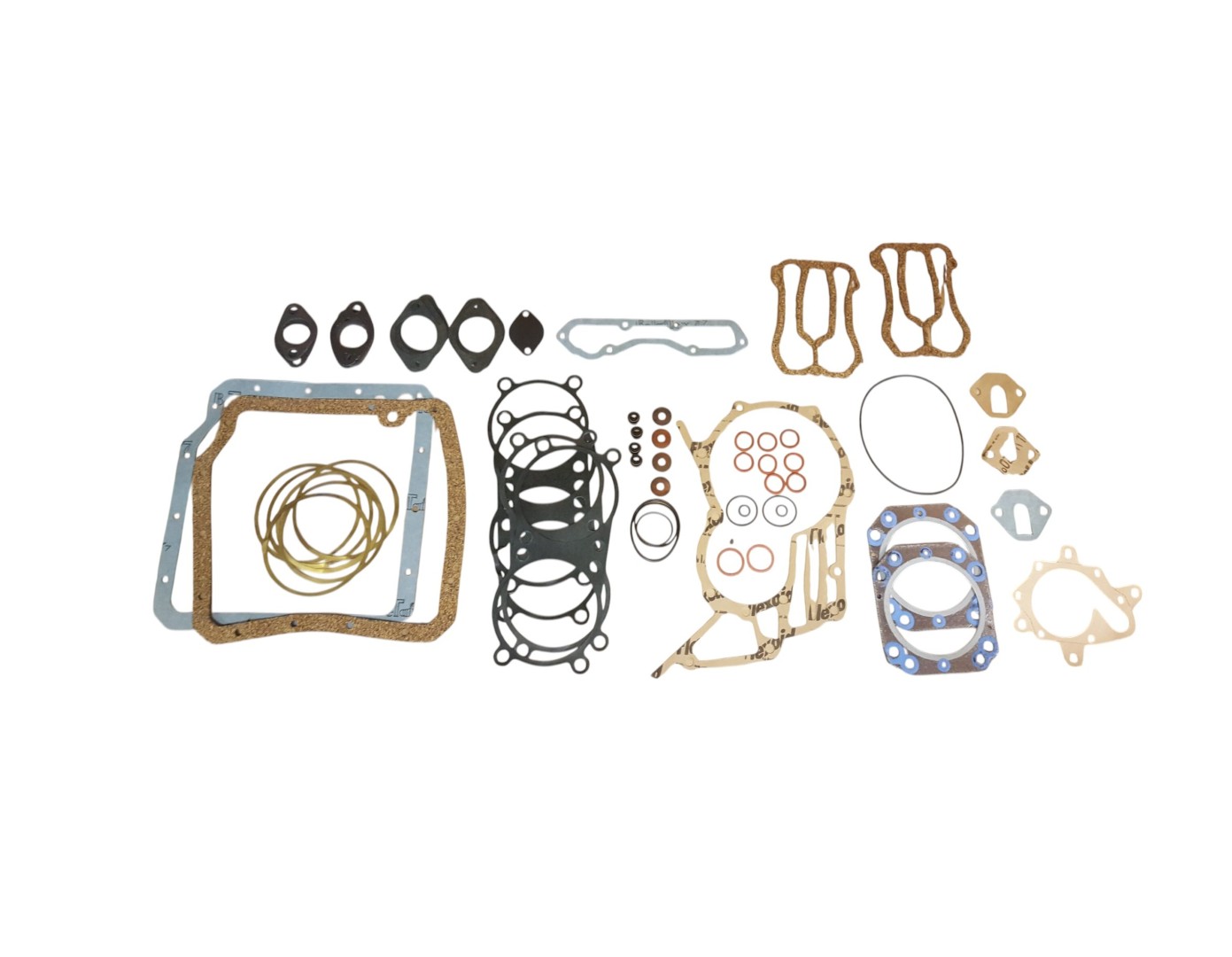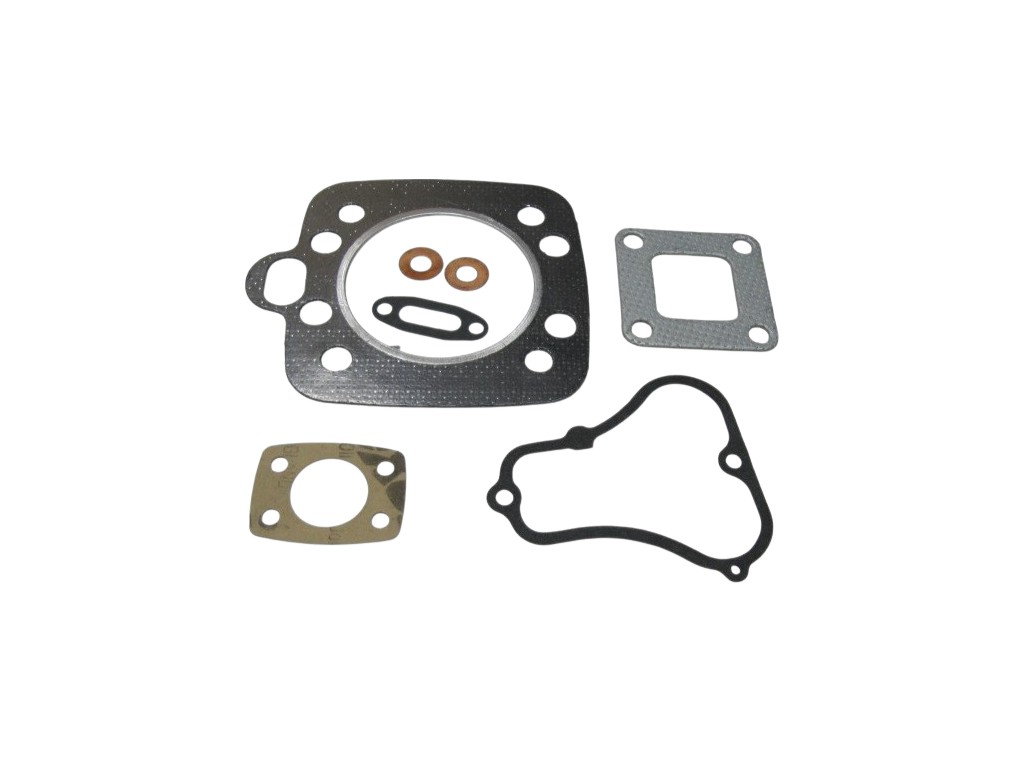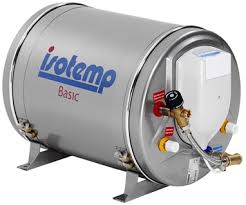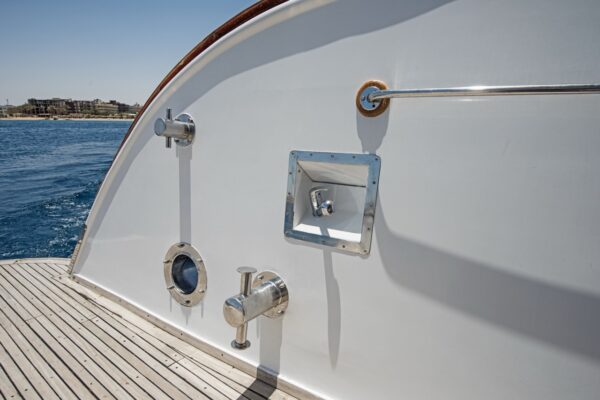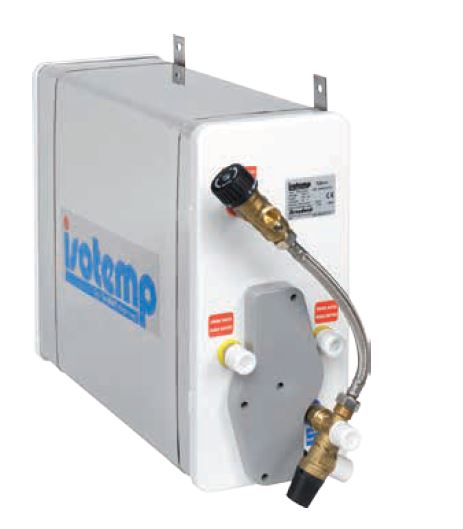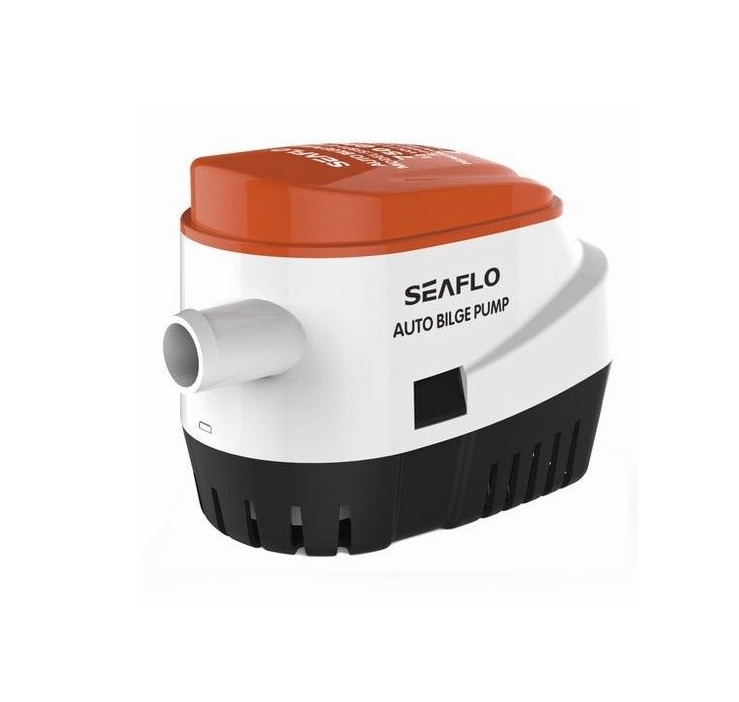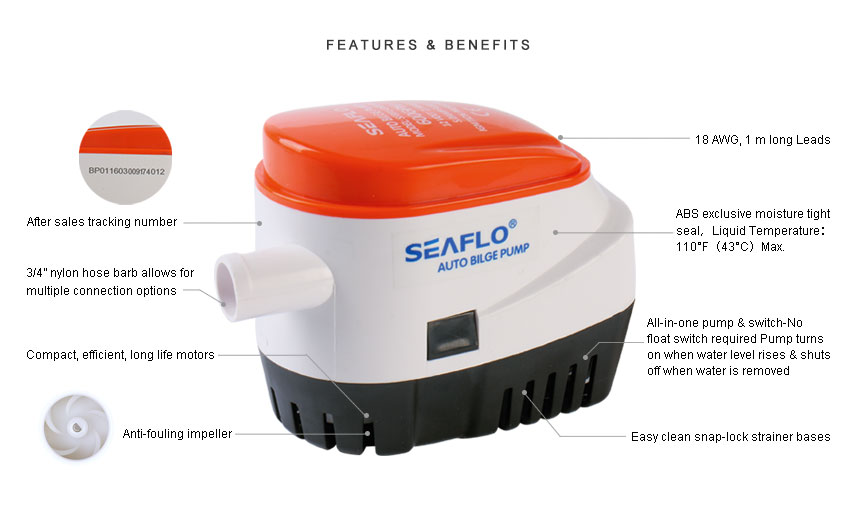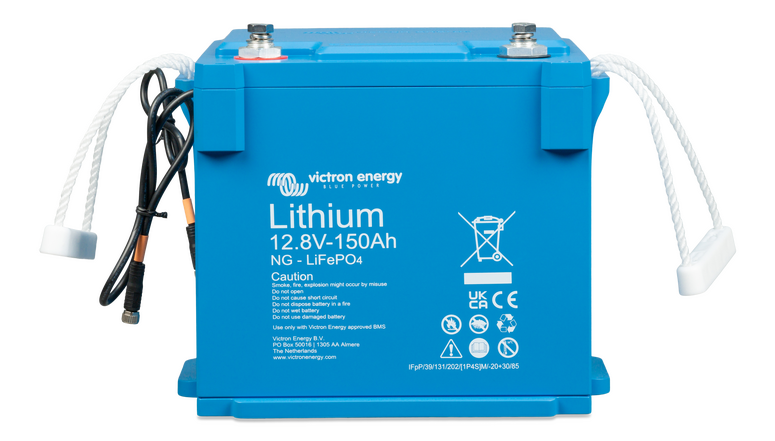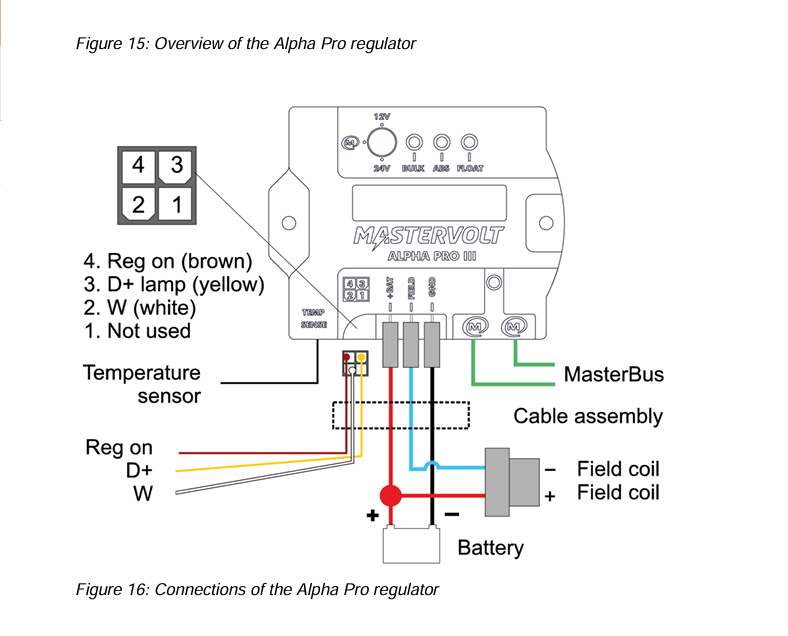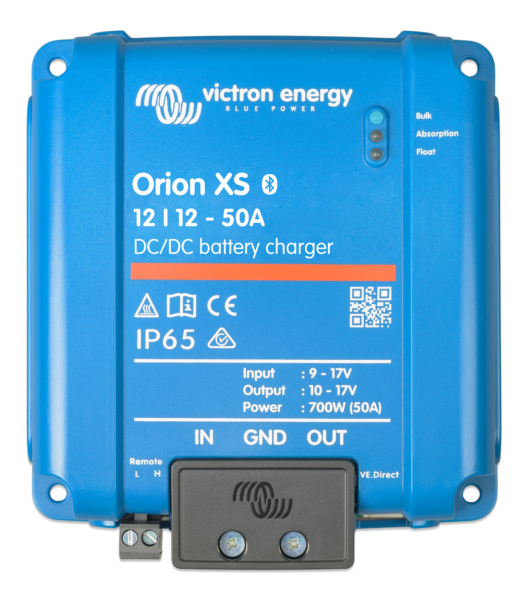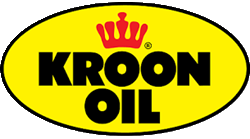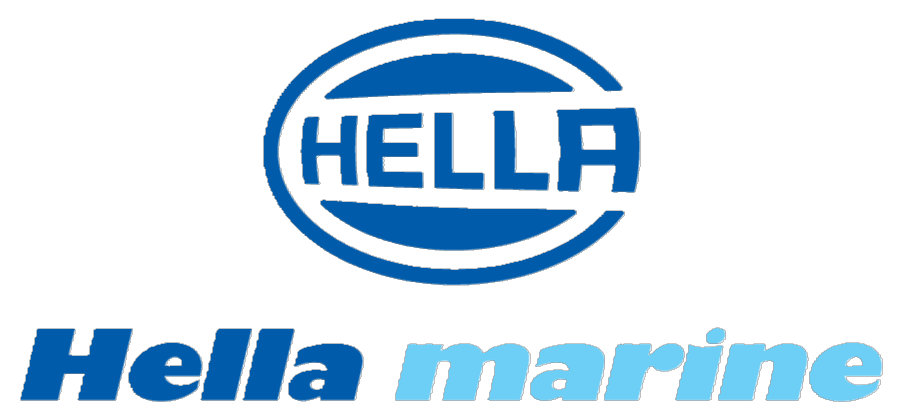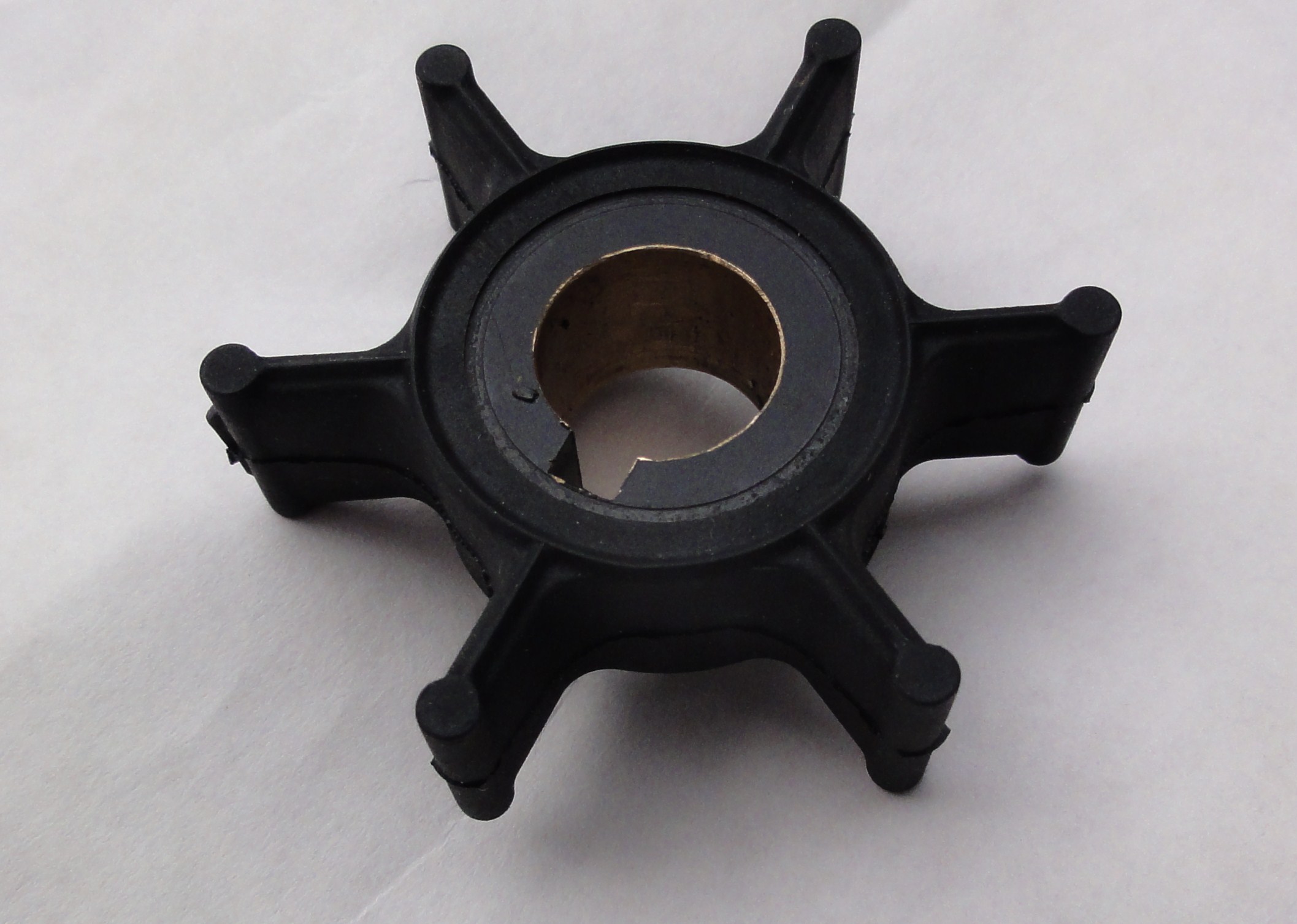
Replacing the impeller is one of the most crucial maintenance jobs for your boat. Fortunately, replacing the impeller is a job you can easily do yourself. Whether you’re dealing with a worn-out impeller or one that’s broken, this guide will help you step by step.
We cover common issues, provide a detailed step-by-step guide to replacing the impeller, and finish with tips on how to prevent problems. Whether you need a new impeller or just want to know how to change your old one, we’ve got you covered.
Everything you need to know about the impeller
It’s just a small part of your boat, yet an impeller is incredibly important. That’s why we’ll first explain how an impeller works and when replacing it is necessary.
What is an impeller and why is it so important?
An impeller, often made of flexible rubber, is essential for your engine’s cooling system. This rubber impeller ensures cooling water circulates through the engine to prevent overheating. If the impeller breaks or becomes worn, there will be insufficient cooling, potentially leading to serious engine damage.
We obviously want to avoid that. That’s why it’s important to regularly check if your impeller is working correctly and replace it in good time. This way, you’ll prevent problems.
How often should you replace an impeller?
Generally, it’s recommended to replace the impeller every 100 to 200 running hours or at least once a year, whichever comes first. Normal wear and tear on the impeller is inevitable. It happens faster if you regularly navigate in saltwater or heavily polluted water.
Besides, it’s important to look out for signs of wear. For example, blades missing bits of rubber or an impeller that has swollen due to a chemical reaction. In these cases, it’s crucial to fit a new impeller straight away.
Common impeller problems
Using an impeller can lead to a few common problems. Below, we delve into these issues, so you know what to look out for when maintaining your inboard engine.
Worn blades
The constant movement within the pump housing puts a lot of strain on an impeller’s blades. Over time, fragments can break off, chip, or wear away. If an impeller is worn, the motor will still run, but not optimally. Worn blades lead to a reduced water flow. The consequences:
- The engine expels cooling water intermittently.
- The engine increasingly pumps out less cooling water.
- The cooling water temperature is too high.
A broken impeller
An impeller can also break down completely. For example, when running the engine without water. This will burn out the impeller. An impeller can also give up the ghost after prolonged exposure to harmful substances in the water. If pieces of rubber come loose, it can get stuck in the cooling system. This often leads to serious engine damage.
Sticking or swelling impeller
An impeller that has been unused for a long time can become sticky and adhere to the pump housing. If an impeller has swollen, it is often due to a chemical reaction with the water. In both cases, it results in problems with water circulation.
Incorrect assembly
The biggest mistake with an impeller is fitting it in the wrong direction of rotation. This blocks the water flow and will damage an impeller in the short term, with all the consequences that entails. So, ensure the impeller is installed correctly.
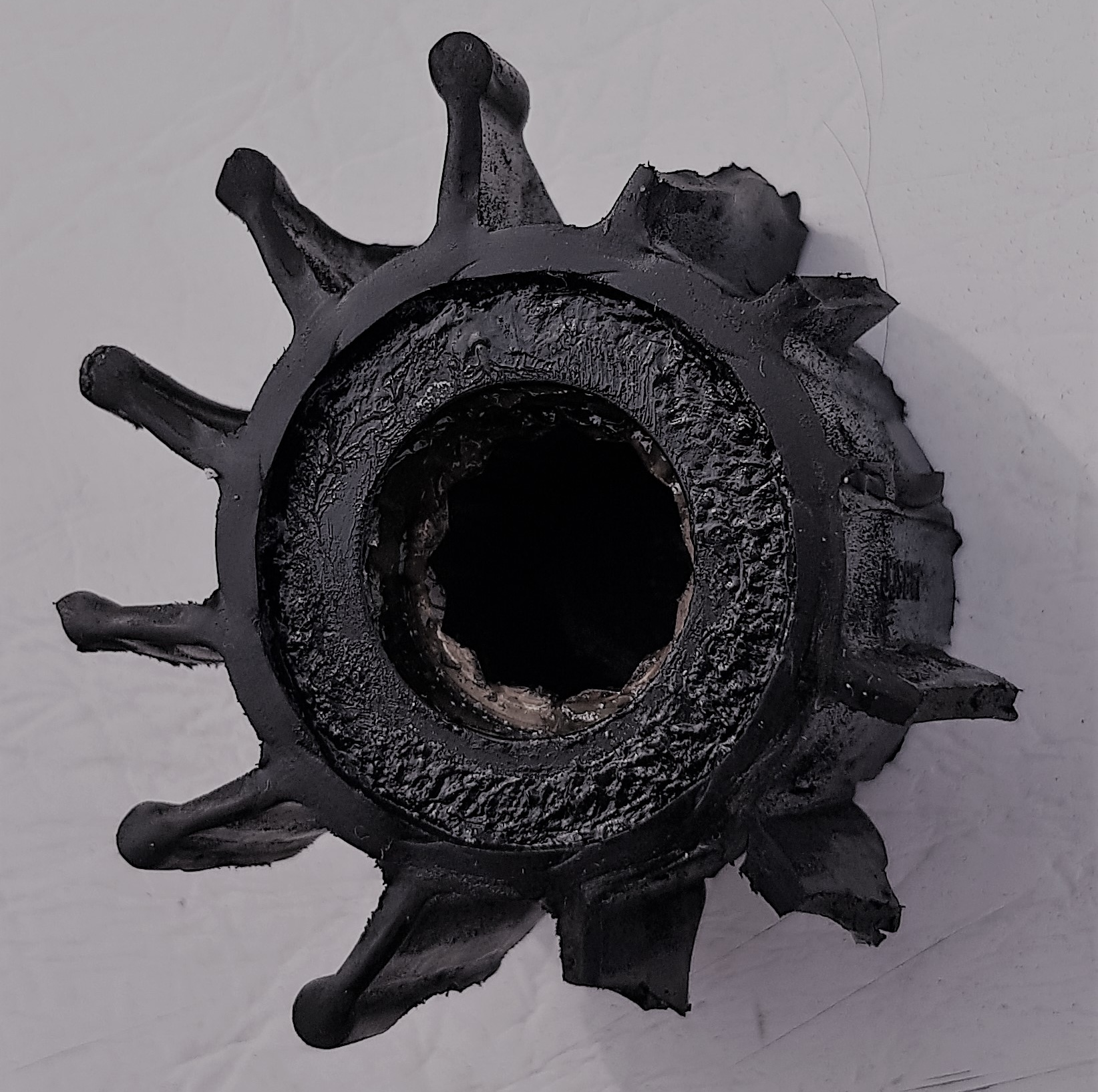
Instructions for replacing the impeller
- Turn off the water valve. Before opening the pump housing, it is important to turn off the water valve. This prevents water from getting into the motor during the impeller replacement and protects you from leaks.
- Locate the pump housing. On inboard engines, the water pump is usually attached to the front of the engine. It is often a round, metal housing, usually slightly larger than a palm. If you cannot find the water pump directly, you can try following the hoses connected to the cooling system.
- Open the pump housing. Unscrew the pump housing cover. A small amount of water may escape. After opening the cover, you will see the gasket, a paper ring. Slightly dampen the gasket if it is dry and carefully remove it without tearing.
- Remove the old impeller. Look at the impeller and note the direction of rotation. It is best not to remove the impeller from the pump housing using two screwdrivers. Pull one of the blades with pliers, or even better: use a special puller for this job. This will prevent damage to the pump housing.
- Inspect the pump housing. Are there any pieces of rubber from the old impeller? If so, check the pump housing carefully for loose pieces or remnants of the old impeller. Such pieces can block the system and clog the water supply. That is not intended.
- Install the new impeller. Apply a thin layer of acid-free petroleum jelly to the blades. Then, refit the new impeller. Also grease the edge of the pump housing and the inside of the cover. Ensure you install the impeller in the correct direction of rotation and that the blades drag properly against the walls.
- Close the pump housing. Carefully replace the gasket and close the pump housing again – with the screws. Be careful not to damage the gasket when screwing. Check that everything is tightened properly to prevent leaks.
- Open the water valve and test the engine. Check that cooling water is flowing from the outlet. If so, the new impeller is working correctly. Time to get back on the water!
- Ensure you have a spare. An impeller is and remains a vulnerable part at times. Therefore, ensure you always have a spare impeller on board. This way, you can always resolve an impeller problem.
Replacing an outboard motor impeller
Although we focus on inboard engines, it’s worth noting that outboard motors also rely on a well-functioning impeller for their cooling. The methodology for replacing an impeller in an outboard motor is largely the same.
AB Marine Service primarily focuses on inboard engines, but the principle remains the same: a correctly installed impeller is crucial for engine performance.
How do I buy the right impeller for my engine?
It’s important to buy an impeller that’s compatible with your inboard engine type. Impellers can be made from neoprene, nitrile, or polyurethane, each with its own specific properties and applications.
- Neoprene impellers. Neoprene impellers are ideal for use in engine cooling systems with both freshwater and saltwater. They offer limited resistance to oil and diesel, making them suitable for applications where contact with these substances is possible.
- Nitrile impellers. Nitrile impellers, on the other hand, are better suited for bilge pumps and situations involving heavily polluted water. This material is resistant to oil and chemical contaminants, making it ideal for heavy-duty conditions.
- Polyurethane impellers. Polyurethane impellers are specifically designed for use in a bilge pump, such as those found on boats for wakeboarders. This material offers the durability and abrasion resistance needed to withstand heavy loads from constant water pumping.
To determine which impeller you need, you should check two important things: the brand of the pump and the corresponding model number. If you don’t know the model number, consult the manufacturer’s documentation. This information can often be downloaded from the manufacturer’s website.
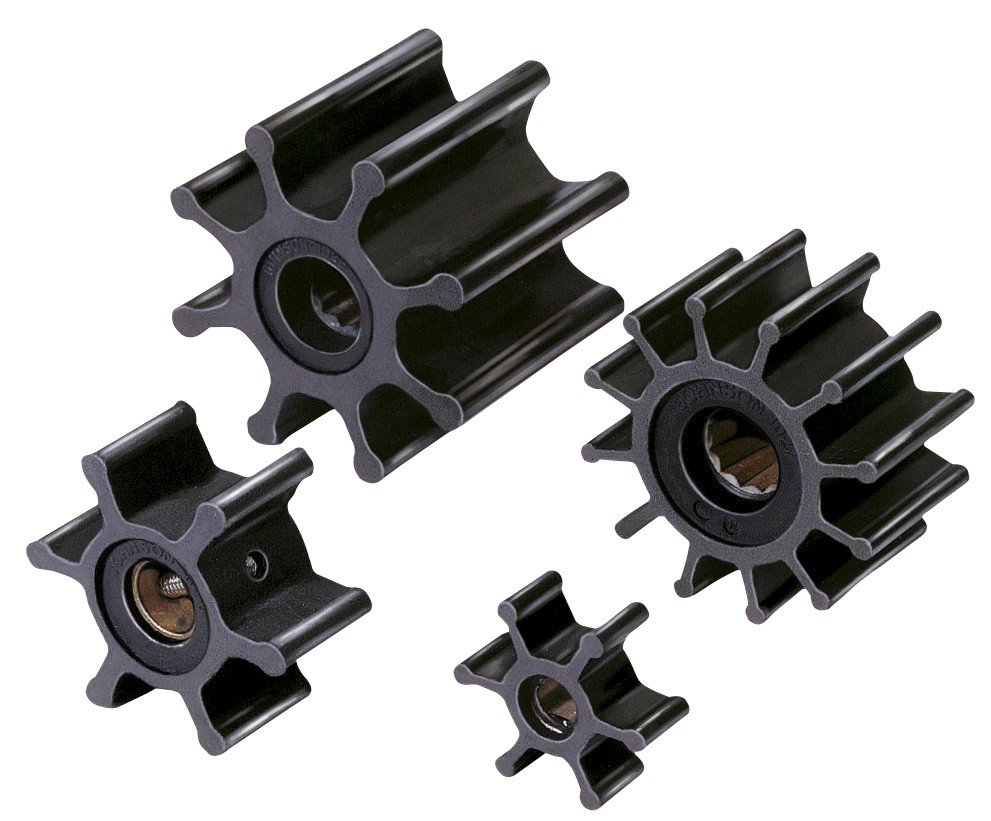
Maintenance tips to prevent impeller problems
Maintenance tips to prevent impeller problems If you’ve installed a new impeller, you’ll naturally want it to last as long as possible. That’s why we have some further maintenance tips to prevent new problems with your impeller.
- Regular inspection. Inspect the impeller annually to ensure it is in good condition. If the blades are hollowed out or missing pieces, these are clear signs of wear. Buying a new impeller is then the best course of action.
- Check the water inlet. . If the water supply is blocked, it will restrict the water flow to the impeller. Therefore, ensure that the engine doesn’t get clogged with dirt, seaweed, or other obstructions.
- Rinse the engine after use. After using the engine in saltwater, it’s advisable to rinse the engine with freshwater. This removes salt deposits. This prevents corrosion and extends the lifespan of the impeller.
- Use acid-free petroleum jelly. When installing a new impeller, it’s important to use acid-free petroleum jelly. This helps keep the rubber supple and prevents the impeller from becoming sticky or adhering to the pump housing.
- Never start the engine dry. It is essential not to run the engine without water. An impeller runs in water for cooling and lubrication. If you start the engine dry, the impeller can be damaged by overheating within seconds.
- Avoid long periods of inactivity. Prolonged standing can lead to problems. By sailing regularly, you prevent the impeller from drying out or deforming. Furthermore, the impeller is less likely to become sticky.
Impeller broken? Order your new impeller from AB Marine Service
Replacing an impeller is an essential part of maintaining your inboard engine. By regularly checking the impeller and replacing it annually, you prevent common problems such as a broken impeller or a blocked water supply.
Fancy a new impeller? AB Marine Service is the right place for reliable impellers for all sorts of inboard engines. Feel free to contact us if you need advice. We’re happy to help you on your way.


